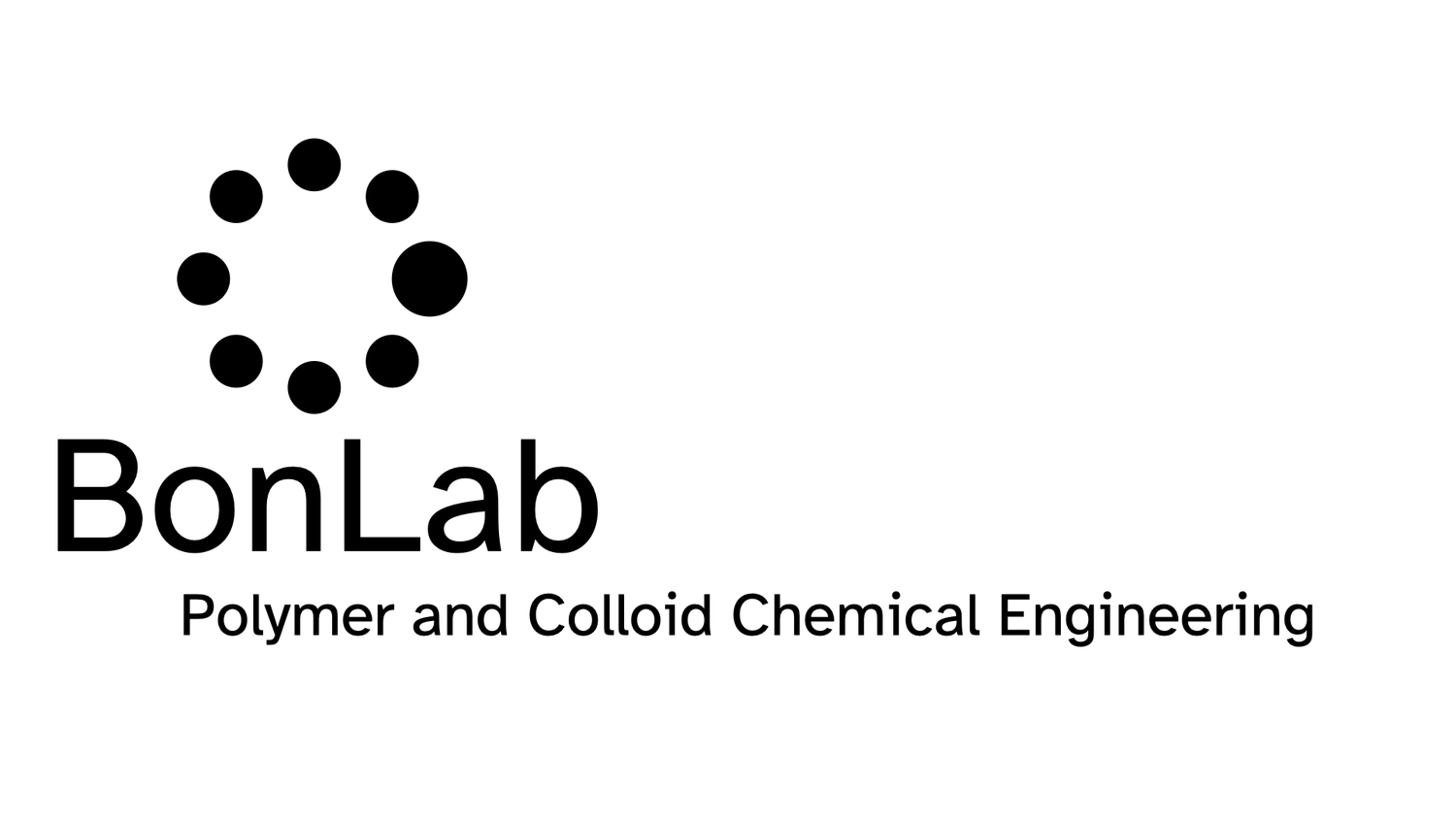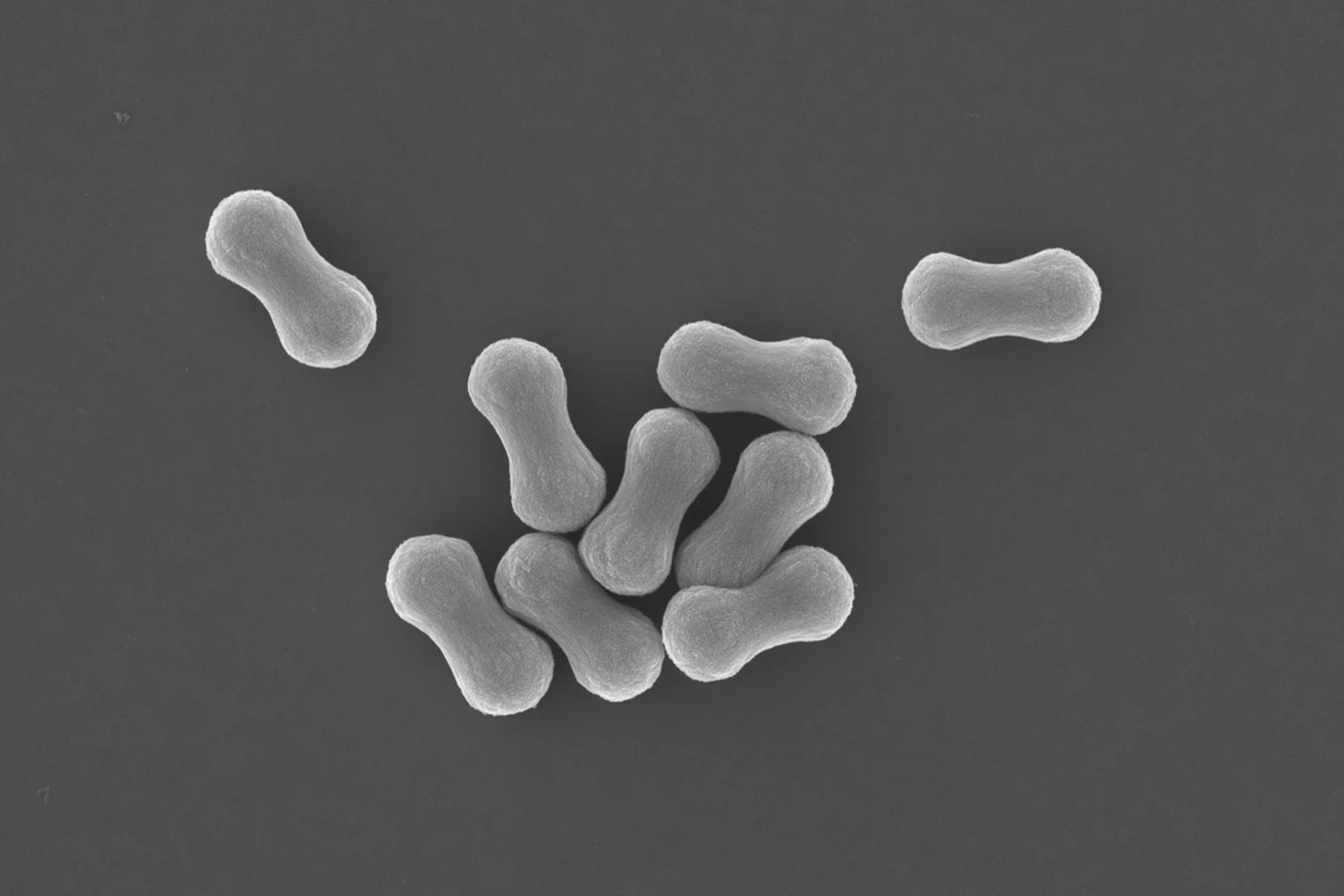Fibers are interesting. They are made by a spinning process in which a liquid based mixture, referred to as spinning dope, is extruded through an orifice hereby generating a jet, which subsequently is solidified through either coagulation/precipitation and/or gelation. Two extreme fibers found in Nature are spidersilk, a super strong and extensible liquid-crystalline fiber, and the soft hydrogel double-strings of toad eggs, as spawn by the common toad (Bufo bufo). The production of manmade fibers using dry and wet spinning techniques – both starting from a liquid mixture – goes back to the 19th century. An early example is the development of Rayon fibers initiated by the discovery of Schweizer in 1857, who found that cellulose could be dissolved in and re-precipitated from an aqueous solution of ammonia and copper (II) hydroxide (coined Schweizer’s reagent (dry or wet)). Examples of wet-spun high performance fibers include ultrahigh molecular weight poly(ethylene) fibers, and polyaramid fibers.
An emerging trend is to make soft, hydrogel-based, fibers wet spun into water. Applications for example are in the area of tissue engineering. Microfluidic technologies are often employed to manufacture these fibers.
We asked ourselves whether it would be possible to fabricate fibers through assembly of thousands of emulsion droplets? We call these HIPE (High Internal Phase Emulsion) fibers.




